Class-10 : Maths - Chapter : 1. Real Numbers (Ex-1.1 Ex-1.2 Ex-1.3 Ex-1.4)
Real Numbers
In this Chapter, students will get to know about real numbers and irrational numbers. The chapter starts with the Euclid’s Division Lemma which states that “Given positive integers a and b, there exist unique integers q and r satisfying a = bq + r, 0≤r<b”. The Euclid’s Division algorithm is based on this lemma and is used to calculate the HCF of two positive integers. Then, the Fundamental Theorem of Arithmetic is defined which is used to find the LCM and HCF of two positive integers. Lastly, the concept of an irrational number, rational number and decimal expansion of rational numbers are explained with the help of theorem.
To download Ch-1(Real Numbers) solutions in PDF please click on the link below :
Ex-1.1 : Download PDF
Ex-1.2 : Download PDF
Ex-1.3 : Download PDF
Ex-1.4 : Download PDF
Note : All the copyright of this PDF content belongs to NBSEguideonline. It is available to all NBSEguideonline users without any subscription.
Points To Remember
- Natural numbers: Counting numbers are called Natural numbers. These numbers are denoted by N = {1, 2, 3, .........}
- Whole numbers: The collection of natural numbers along with 0 is the collection of Whole number and is denoted by W.
- Integers: The collection of natural numbers, their negatives along with the number zero are called Integers. This collection is denoted by Z.
- Rational numbers : The numbers which can be written in the form of p/q , where p and q are integers and q≠0 . Every integer p is also a rational number, can be written as p/1.
- Irrational numbers - A number is called irrational, if it cannot be written in the form of p/q, where p and q are integers and q≠0.
- Coprime: If HCF of two numbers is 1, then the two numbers are called relativelyprime or coprime.
- Terminating decimals: The rational numbers with a finite decimal part or for which the long division terminates after a finite number of steps are known as finite or terminating decimals.
- Non-Terminating decimals: The rational numbers with an infinite decimal part or for which the long division does not terminate even after an infinite number of steps are known as infinite or non-terminating decimals.
- If A is rational and B is irrational then A+B, A–B, A.B are always irrational numbers but A/B may be rational or irrational.
- Euclid’s division lemma : For given positive integers ‘a’ and ‘b’ there exist unique whole numbers ‘q’ and ‘r’ satisfying the relation; a = bq + r , 0 ≤ r < b
- If a and b are two positive integers, then HCF(a, b) x LCM(a, b) = a x b i.e., (HCF x LCM) of two intergers = Product of intergers.
---------------------------------------------------------------------------
Exercise - 1.1
Exercise - 1.2
Exercise - 1.3
Exercise - 1.4
*****
NBSE Solutions for Class 10 Maths for all Chapters by NBSE Guide Online are provided here. Just click on the chapter wise links given below :
• Chapter 6 Triangles
• Chapter 7 Coordinate Geometry
• Chapter 8 Introduction to Trigonometry
• Chapter 9 Some Applications of Trigonometry
• Chapter 10 Circles
• Chapter 11 Constructions
• Chapter 12 Areas Related to Circles
• Chapter 13 Surface Areas and Volumes
• Chapter 14 Statistics
• Chapter 15 Probability
The solution list comprises all the chapter-wise answers to the questions present in the NBSE book for Class 10 in a very precise and lucid manner, maintaining the objective of textbooks.
*****
| Related Links |
| NBSE Class 10 Book-Keeping & Accountancy notes |
| NBSE Class 9 Book-keeping & Accountancy notes |
| NBSE Class 9 Mathematics Solutions |










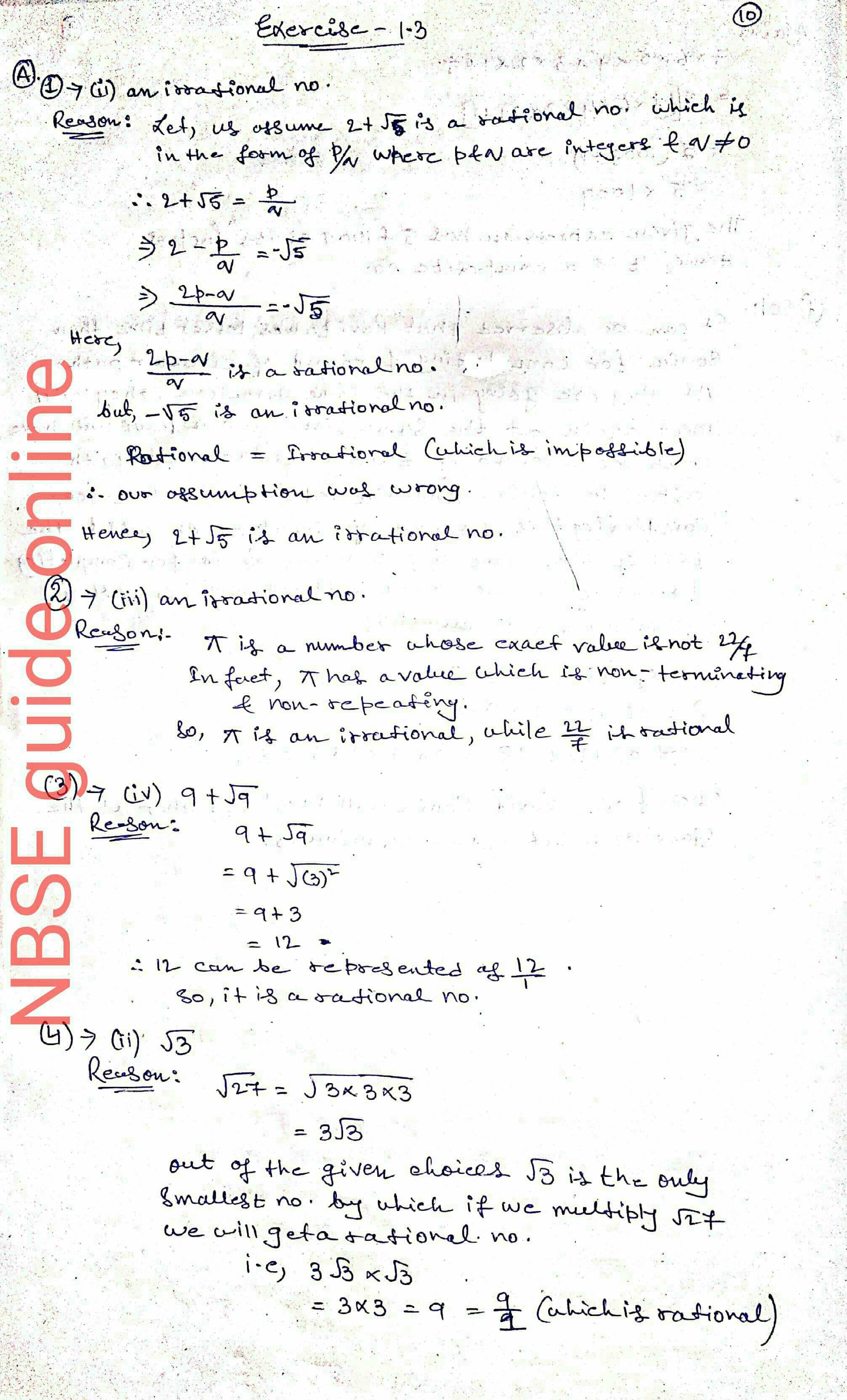


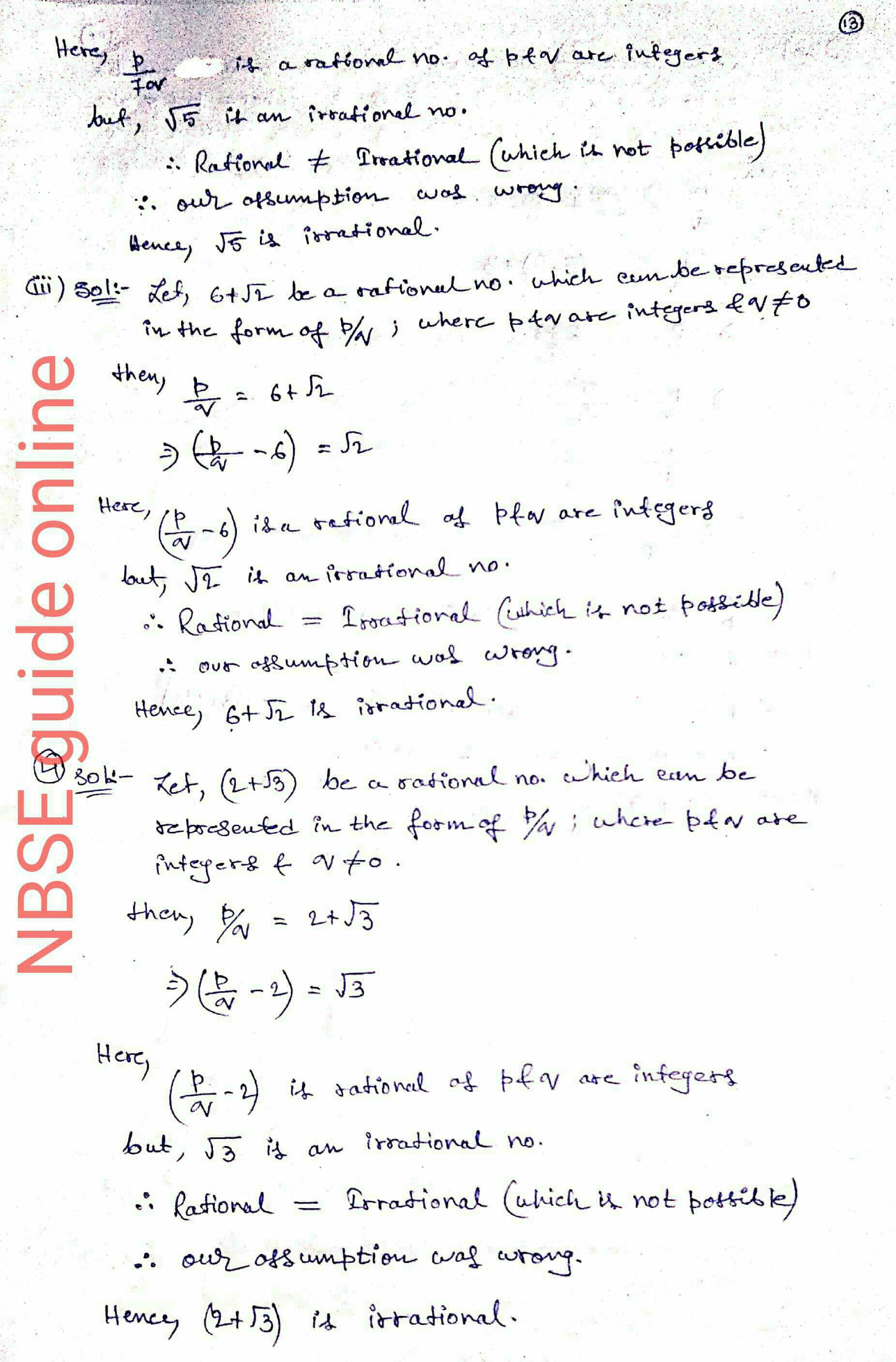
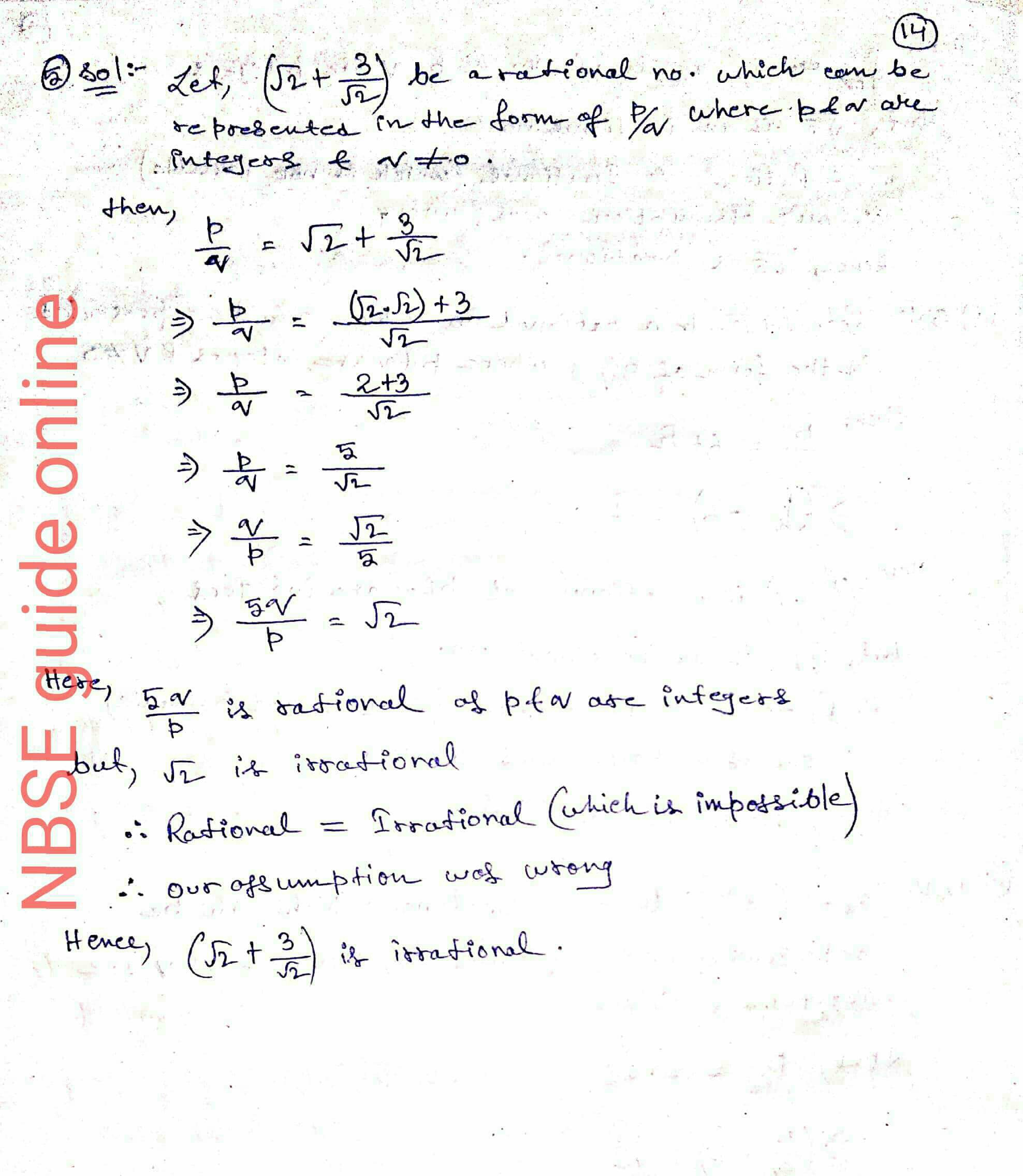







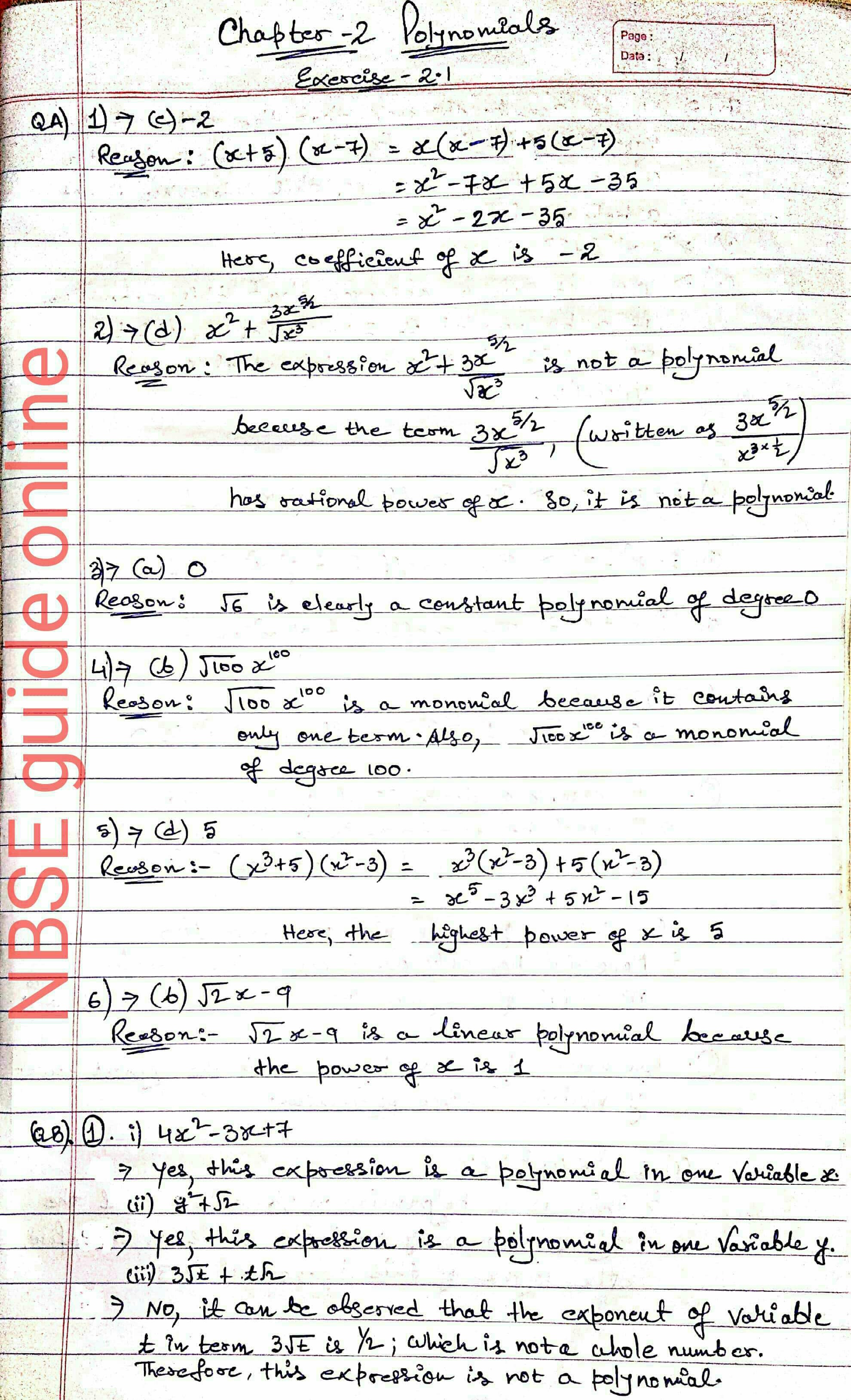
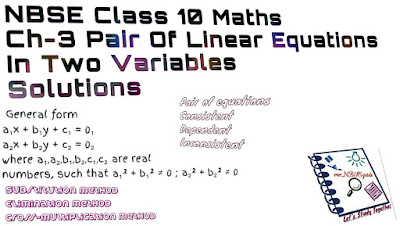





Comments
Post a Comment
If you have any doubts please let me know